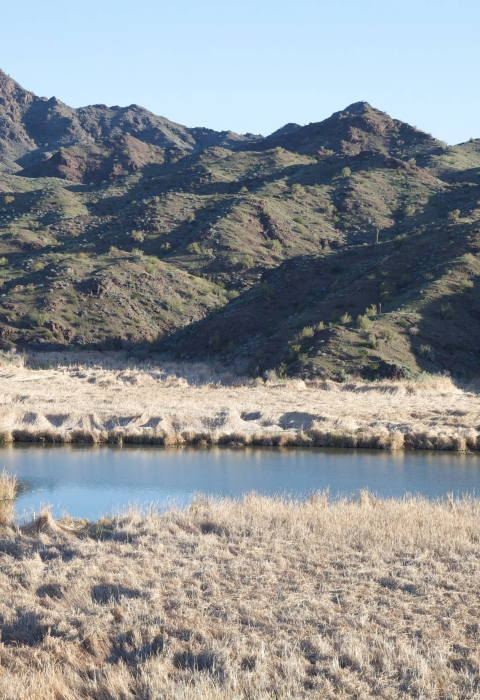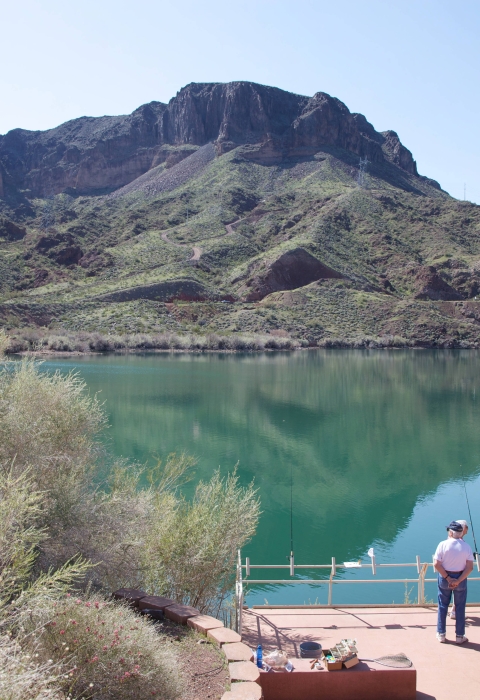Visit Us
Bill Williams River National Wildlife Refuge offers visitors an opportunity to view a wide array of wildlife species in a beautiful desert setting. Whether you see the refuge from the water or land you will not forget your visit to Bill Williams River National Wildlife Refuge.
Location and Contact Information
About Us
Situated in central-western Arizona along the Lower Colorado River, the Bill Williams River National Wildlife Refuge offers a glimpse into what this landscape looked like hundreds of years ago. Today the refuge holds one of the last stands of naturally regenerated cottonwood-willow forest along the Lower Colorado River and is one of the last ecologically functioning river habitats in the southwest United States. In 1993, 6,100 acres of the Havasu Lake National Wildlife Refuge was designated as Bill Williams River National Wildlife Refuge due to its uniqueness and diversity of habitat.
What We Do
The National Wildlife Refuge System is a series of lands and waters owned and managed by the U.S. Fish and Wildlife Service. Wildlife conservation is at the heart of the refuge system. It drives everything we do from the purpose a refuge is established, to the recreational activities offered there, to the resource management tools we use. Selecting the right tools helps us ensure the survival of local plants and animals and helps fulfill the purpose of the refuge.
Our Species
Depending on where you go on the refuge there are great opportunities for viewing wildlife. The headquarters trails attract many common desert bird species like the Abert’s towhee and verdin. The floodplain forest provides nesting habitat for many species of songbirds dependent on this rare desert habitat type, including the endangered southwestern willow flycatcher and threatened yellow-billed cuckoo. The cattail marsh provides habitat for bird species specially adapted for these wetland areas such as the endangered Yuma Ridgway’s rail.

